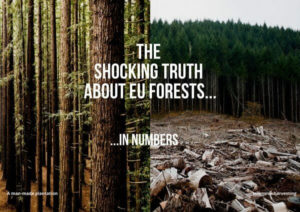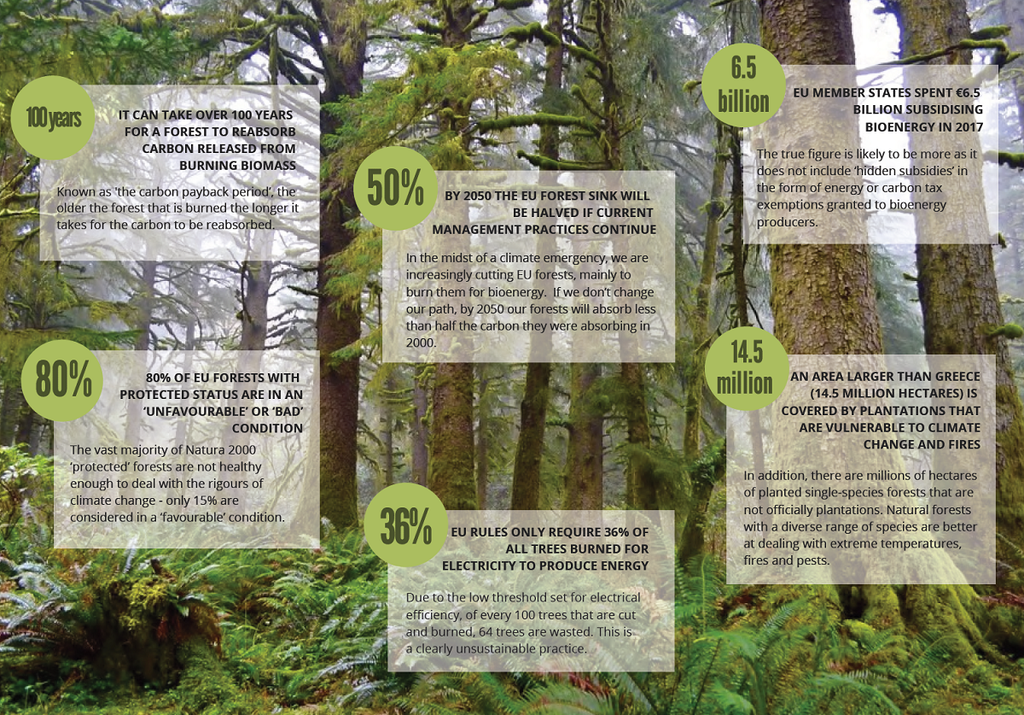The Shocking Truth About Eu Forests In Numbers
 According to a briefing note by FERN the cheapest, most effective, and most readily available way to remove carbon dioxide is to protect and restore European forests and other natural ecosystems. This aligns with The European Union (EU) commitment to become carbon neutral by 2050, which requires Europe to drastically reduce greenhouse gas emissions and to increase carbon dioxide removals – negative emissions.
According to a briefing note by FERN the cheapest, most effective, and most readily available way to remove carbon dioxide is to protect and restore European forests and other natural ecosystems. This aligns with The European Union (EU) commitment to become carbon neutral by 2050, which requires Europe to drastically reduce greenhouse gas emissions and to increase carbon dioxide removals – negative emissions.
By 2050, the EU forest sink will be halved if current management practices continue.
80% of EU forests with protected status are in an “unfavourable” or “bad” condition.
EU rules only require 36% of all trees burned for electricity to produce energy.
EU Member States spent €6.5 billion subsidising bioenergy in 2017.
It can take over 100 years for a forest to reabsorb carbon released from burning biomass.
An area larger than Greece (14.5 million hectares) is covered by plantations that are vulnerable to climate change and fires.
Considering the main issues that EU forests are currently facing, as the forests are being degraded and are losing their capacity to suck up carbon dioxide from the atmosphere because of increased harvesting, FERN emphasized that biodiverse forests can help tackle the climate crisis.
FERN recommends the following activities to the EU over simple tree-planting:
– Preserve the few remaining old-growth forests
– Restore the health of over-harvested forests
– Diversify the age and species mix of plantations.

Source: FERN
Belvinder Sron – Deputy CEO










Leave a Reply